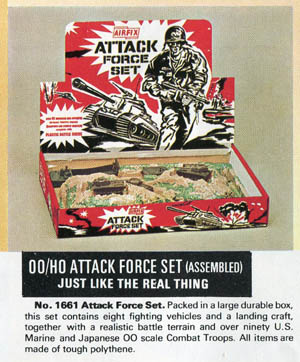Regular readers of this blog may have noticed that I am sort of a pedant about scale (and other things, but let's move one). One particular bugaboo of mine is the rather widespread use of HO ("aitch-oh", the popular model railroad scale) as a synonym for 1/72, the favored scale of this blog. I have seen this use in forum posts, eBay auctions, even commercial sites, but it is not at all right. The National Model Railroad Association defines HO as
1/87.1 scale. HO scale figures are about a head smaller than 1/72 figures. They are simply quite different scales.
 |
Left to right: a D&D 32mm cultist, Sven and another 1/72 figure, a Star Wars MicroMachine (which I believe is OO-1/76 basically HO scale), a Preiser HO passer-by, and a Splintered Light 15mm rogue. |
So how did they get mixed up? Let's look at the history of model railroad scales. Model trains used to be much larger. German manufacturer Märklin had trains in 3, 2, 1, and 0 scales, with 0, or "O", being the smallest at 1/48 scale. O scale is still in use and is now one of the larger modern model railroad scales. When machine technology advanced to allow for smaller model trains, HO scale—that is, "half-O"—was invented and became popular in both the United States and continental Europe.
In Britain, though, they had a bit of a problem. Their real-life trains were smaller than those in the U.S. or in Europe, such that if they wanted to build model trains in true HO scale, they would have to be physically smaller than what was possible at the time. Their solution was sort of odd: they used HO scale tracks and wheel spacing, but they put larger scale cabs and cars on top of these. Buildings, figures, and other scenery were also in this larger scale. They called this scale OO, which like HO also essentially means half-O, and which is defined as 1/76 scale. (Astute readers will note that having different scales for the wheels and cabs means that OO scale is not really proportional to real-life trains, and indeed OO trains do have
sort of a chunky look.)
Maybe you can see where the seeds of confusion sprung. In the sense that HO and OO models can run on the same track, one could say that the two scales are compatible. And in the sense that 1/76 is really similar in size to 1/72, which was already being used for military models, one could say that those two scales are also compatible. But it's a category error to say these two different senses are the same sense, if you follow me. Nonetheless, if OO scale was said to be compatible with both HO and 1/72 scale, if in different ways, it was only a matter of time before someone made the mistake of claiming that HO and 1/72 were compatible as well.
I have know direct knowledge of this, but I suspect that someone was Airfix, for a few reasons. Airfix was a British company and would have been more exposed to OO scale than, say, Atlantic or Revell. They were around when these new model railroad scales were gaining popularity. And they actually put "HO OO scale" as a description on their old boxes, which reveals that they thought the two scales were compatible in size—entirely incorrect, as we have seen.
A lot of this I got from the Wikipedia articles on HO and OO scales, which are good places to start if you want to know more about these scales. Now that you know the difference, maybe you can spread the word and make this scale pedant's life a little more restful.







